Welcome to the final episode of Season 1 of Sign on the Window! This week, we leave you with the exquisite "Ballad of Hollis Brown" and talk Exodusters, mass murderers, the number seven and if there is any light left after Dylan's final chord.
SHOW NOTES
CONTEXT
The lyrics for “Ballad of Hollis Brown” were first published in *Broadside #*21.
It was first recorded on November 14, 1962 during the Freewheelin’ sessions as “The Rise and Fall of Hollis Brown.” (It was recorded after “A Hard Rain’s A-Gonna Fall,” which makes total sense.) It was recorded again on August 6, 1963 in 4 takes. (Also recorded that day, “Seven Curses,” which also makes total sense.)
The cut from Times They Are A-Changin’ came in 4 takes on August 7, 1963. (That date also netted the album takes of “With God on Our Side,” “Only a Pawn in Their Game,” and “Boots of Spanish Leather.”
Dylan has played the song 212 times across fifty years. It was first performed in 1962 at Carnegie Hall then laid dormant until he brought out at Live Aid in 1985. Since then it became a staple of the Never Ending Tour and was last performed in 2012.
EXODUSTERS (13:30)
Daniel introduces the Exodusters to “Ballad of Hollis Brown” to maybe try to make sense of this South Dakota farm. As of 2000, 4,700 black people lived in South Dakota, a 322% increase from 1960. This song isn’t timeless, but exists between the end of the Civil War in 1865 and Dylan recording the song in 1962-63. Even if we take it as being contemporary, that means there’s 1,000 black Americans in the state and metaphysically or metaphorically, the isolation from others and from “America” is real.
In the episode, Daniel expands upon the Exodusters, the 1870s, the so-called Great Migration, the various Homestead Acts, and their influence in Kansas. Daniel spends some time specifically in Kansas and what they faced moving west and how they experienced new forms of discrimination even after finding land and building a community. Specifically, Daniel talks about Nicodemus in western Kansas (which can be visited on those long roadtrips across the heart of the US).
SONG ITSELF (32:00)
Based on the song “Pretty Polly” (represented by B.F. Shelton on our playlist below) in tone and theme. The song is, as the title suggests, a ballad. As music critic David Horowitz notes, ballads normally distance the singer and the subject, but “Hollis Brown” is told in second person and there’s this intimacy with the man as we climb into and out of his mind. We’re the only ones on that South Dakota plain with him, but can’t do anything about what’s to come.
This song was a perfect coda to their Woody Guthrie Month back in October and would have fit nicely. Musically, they talked Appalachian ballads. Narratively, they marveled at Dylan’s storytelling and alternating points of view. The imagery and word choices are so intertwined: he “lived” on the outskirts of town instead of “lives,” seven is still supreme in seven breezes, seven shotgun shells; speaking of, like Chekov’s gun, the number is introduced early and is important at the close; and the South Dakota prairie (where Daniel was born) is brought to haunted life with “cold coyote calls” and “black grass” and “bad blood got your mare” (and, in the Freewheelin’ take, the verse: “There’s bedbugs on your babies, and there’s chinches on your wife / Gangrene snuck in your side, it’s cutting you like a knife”).
They spend some time on the tragic end of the song and Hollis Brown’s fate. They talk isolation and pain and reincarnation. From Horowitz:
A striking example of the tough, ironic insight one associates with the blues (and also of the power of understatement which Dylan has learnt from Guthrie) is to be found in the final lines of Hollis Brown: There’s seven people dead on a South Dakota farm, There’s seven people dead on a South Dakota farm,Somewhere in the distance there’s seven new people born.
MIXED UP CONFUSION
In addition to “Ballad of Hollis Brown,” we also recorded a special Mixed Up to cash in on the true-crime podcast fad. We looked at famous murders (some known, most unknown) and ones that echoed off the desolation and lonesomeness of “Hollis Brown.”
THE EPISODE’S PLAYLIST
RECOMMENDATIONS
Kelly listened to La Chica while Daniel recommends a few records that have sat in the queue all year: Jetty Bones Crucial States (from 2016), Emperor X Oversleepers International, The Newports That’s Fine, and Slutface Try Not to Freak Out. Also, Nell Painter’s Exodusters: Black Migration to Kansas After Reconstruction and Nicodemus if you’re traveling through western Kansas.
ENDINGS
This is the last episode of Season 1 of Sign on the Window.
We’ll return with some episodes to close out the year, including a special Christmas episode, then return in January with Episode 41, "Pay in Blood," our first off 2012’s Tempest.
Join us on Thursday for a special edition of Mixed Up Confusion!!!
Next episode: Ho Ho Ho!
Follow us wherever you listen to podcasts. See our real-time playlist See That My Playlist is Kept Clean on Spotify. Follow us intermittently on Twitter and Instagram.
Tell your friends about the show, rate and review wherever they let you, and consider supporting us by subscribing or at Patreon.



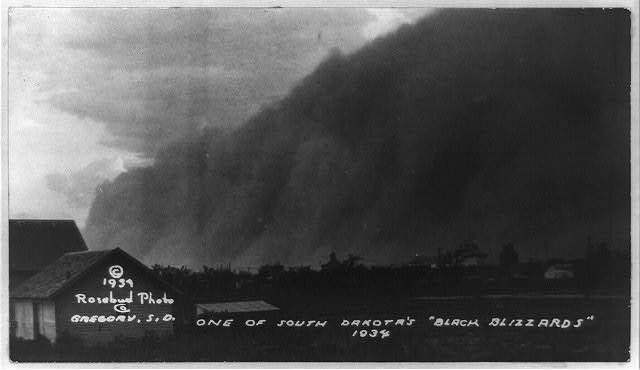



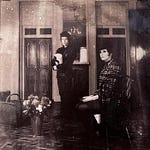
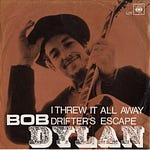
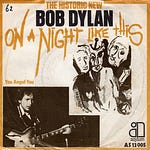

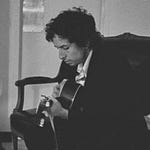


Share this post